Filter by
The language used throughout the course, in both instruction and assessments.
Results for "regularization+to+avoid+overfitting"
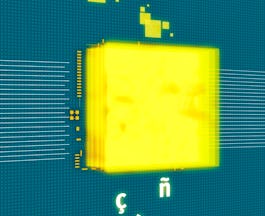

Imperial College London
Skills you'll gain: Tensorflow, Data Pipelines, Keras (Neural Network Library), Deep Learning, Natural Language Processing, Data Processing, Artificial Neural Networks, Machine Learning Methods, Python Programming, Time Series Analysis and Forecasting


Coursera Project Network
Skills you'll gain: Data Cleansing, Apache Spark, PySpark, Data Manipulation, Applied Machine Learning, Data Processing, Classification And Regression Tree (CART), Predictive Modeling, Machine Learning, Google Cloud Platform
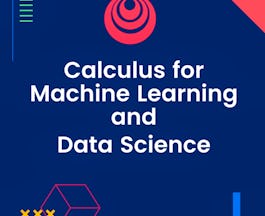

DeepLearning.AI
Skills you'll gain: Applied Mathematics, Calculus, NumPy, Machine Learning, Jupyter, Python Programming, Artificial Neural Networks, Visualization (Computer Graphics), Deep Learning, Derivatives


Johns Hopkins University
Skills you'll gain: Regression Analysis, Statistical Modeling, R Programming, Linear Algebra, Data Science, Mathematical Modeling, Data Modeling, Predictive Modeling, Statistical Analysis, Applied Mathematics
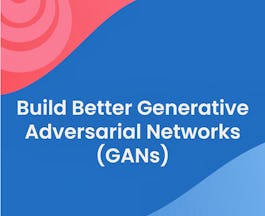

DeepLearning.AI
Skills you'll gain: Generative AI, PyTorch (Machine Learning Library), Data Ethics, Deep Learning, Machine Learning, Image Analysis, Computer Graphics, Artificial Intelligence and Machine Learning (AI/ML)


DeepLearning.AI
Skills you'll gain: Descriptive Statistics, Bayesian Statistics, Statistical Hypothesis Testing, Probability & Statistics, Sampling (Statistics), Probability Distribution, Probability, Statistical Inference, A/B Testing, Statistical Analysis, Data Science, Exploratory Data Analysis, Data Analysis, Statistical Visualization


University of Minnesota
Skills you'll gain: Machine Learning Algorithms, Predictive Modeling, Applied Machine Learning, Machine Learning Methods, Data Mining, Algorithms, Performance Tuning, Scalability
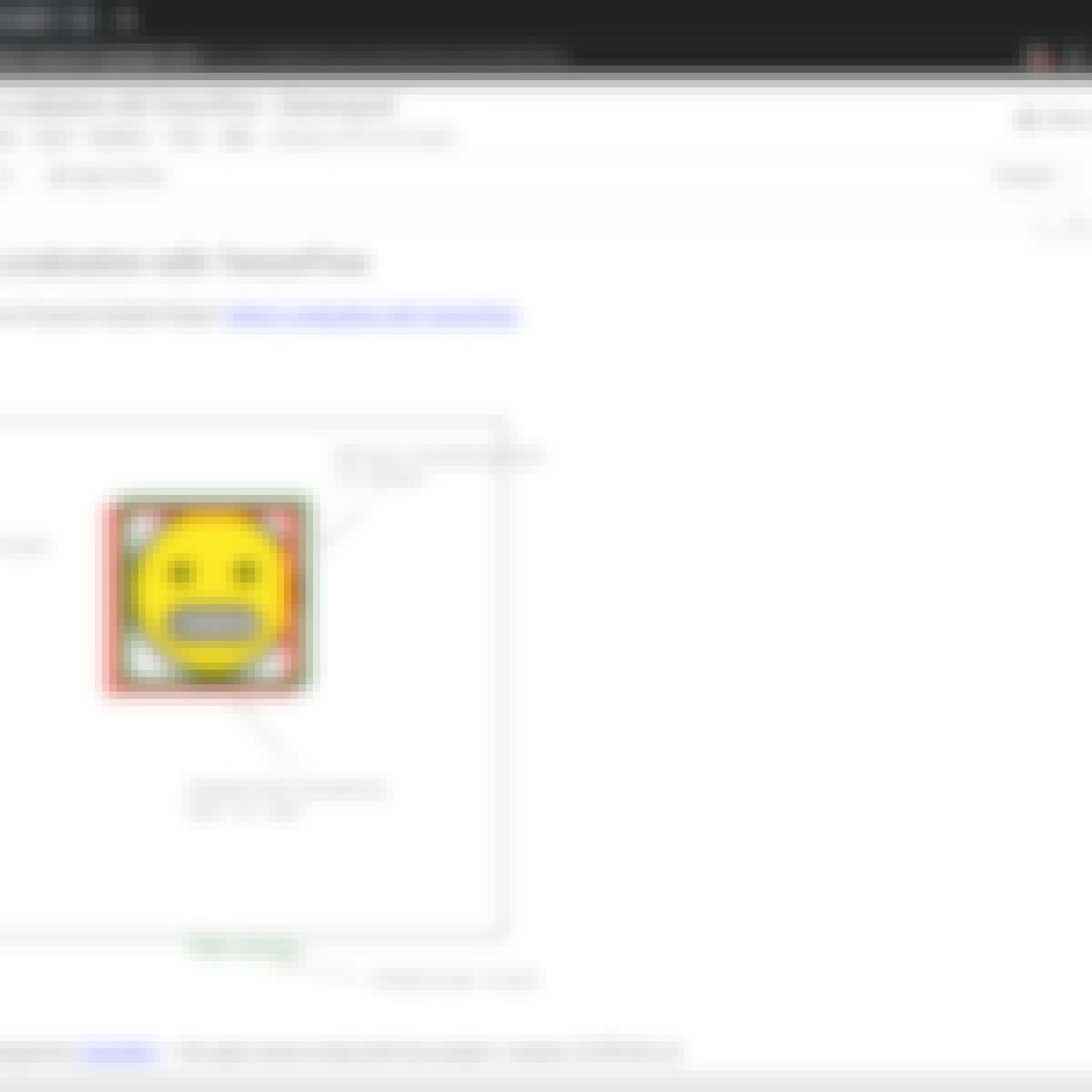

Coursera Project Network
Skills you'll gain: Tensorflow, Keras (Neural Network Library), Test Data, Image Analysis, Computer Vision, Artificial Neural Networks, Deep Learning
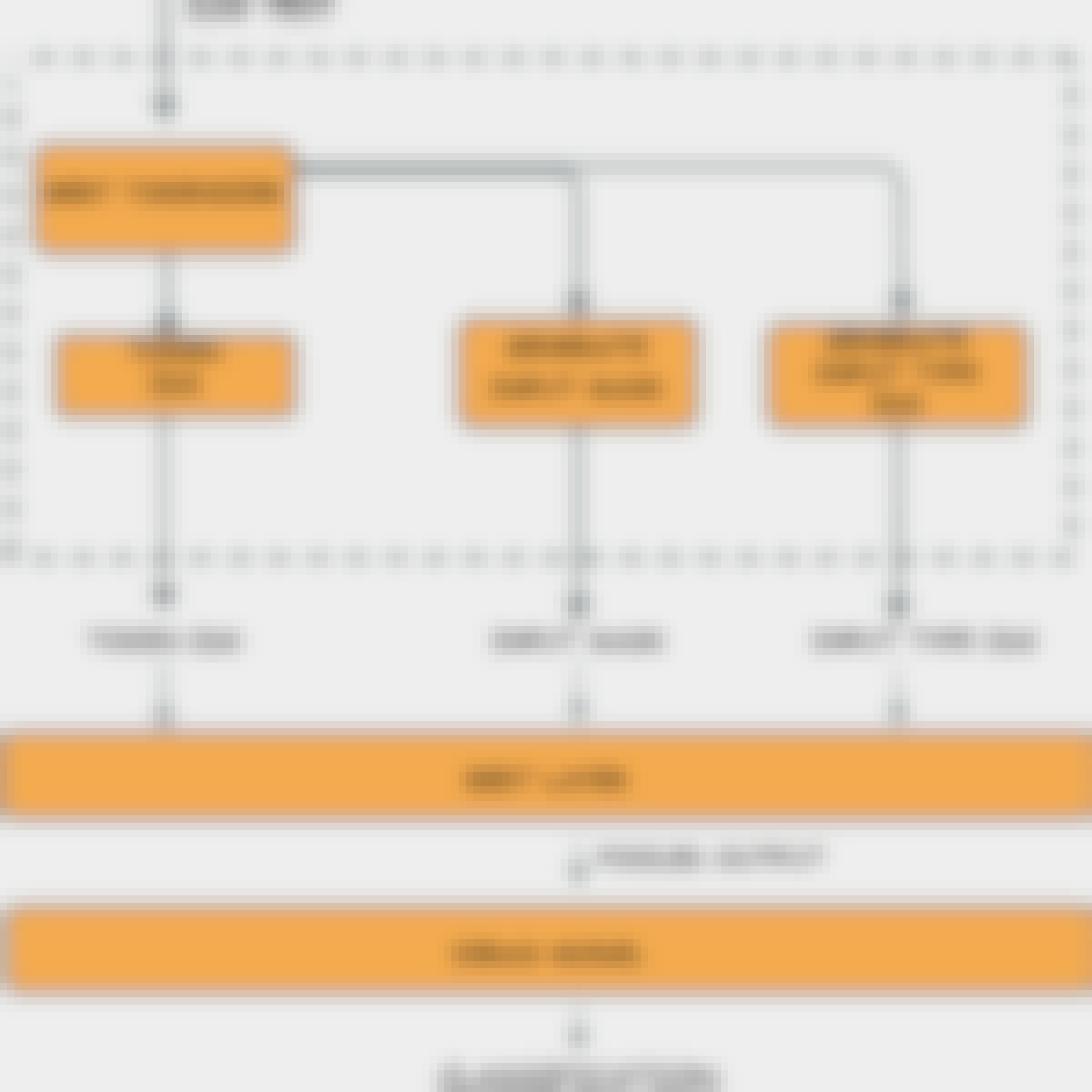

Coursera Project Network
Skills you'll gain: Tensorflow, Keras (Neural Network Library), Natural Language Processing, Deep Learning, Data Processing
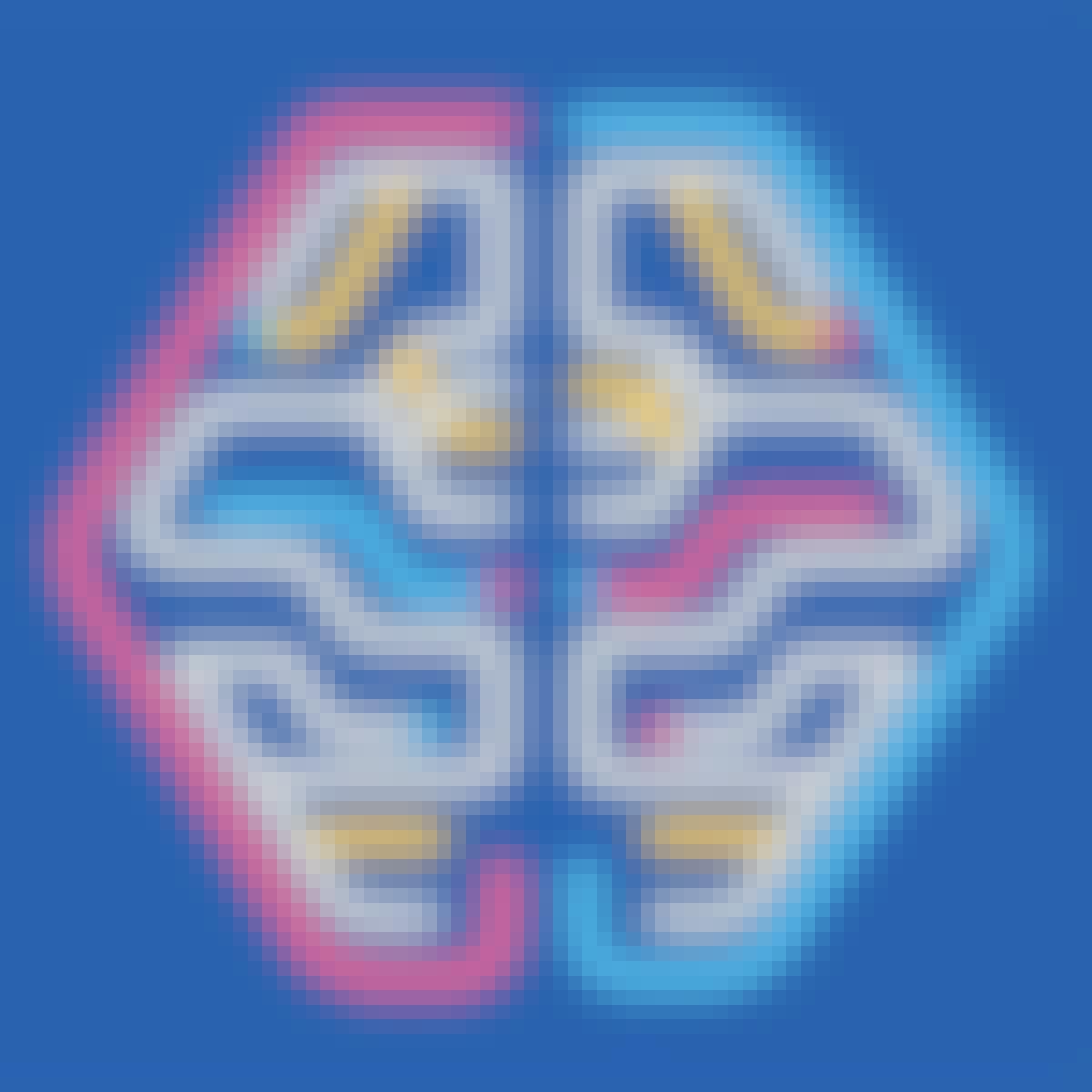
Skills you'll gain: Feature Engineering, Exploratory Data Analysis, Tensorflow, Data Analysis, Keras (Neural Network Library), Google Cloud Platform, Applied Machine Learning, Data Quality, Data Cleansing, Data Strategy, Supervised Learning, Unsupervised Learning, Performance Testing, Machine Learning, Performance Tuning, Dataflow, Deep Learning, Machine Learning Algorithms, Data Processing, Artificial Neural Networks

Skills you'll gain: Image Analysis, Matlab, Computer Vision, Spatial Analysis, 3D Modeling, Visualization (Computer Graphics)


Coursera Project Network
Skills you'll gain: Tensorflow, Applied Machine Learning, Python Programming, Jupyter, Artificial Neural Networks, Deep Learning, Computer Vision, Scientific Visualization
In summary, here are 10 of our most popular regularization+to+avoid+overfitting courses
- Customising your models with TensorFlow 2: Imperial College London
- Diabetes Prediction With Pyspark MLLIB: Coursera Project Network
- Calculus for Machine Learning and Data Science: DeepLearning.AI
- Advanced Linear Models for Data Science 1: Least Squares: Johns Hopkins University
- Build Better Generative Adversarial Networks (GANs): DeepLearning.AI
- Probability & Statistics for Machine Learning & Data Science: DeepLearning.AI
- Nearest Neighbor Collaborative Filtering: University of Minnesota
- Object Localization with TensorFlow: Coursera Project Network
- Fine Tune BERT for Text Classification with TensorFlow: Coursera Project Network
- Machine Learning with TensorFlow on Google Cloud en Français: Google Cloud












